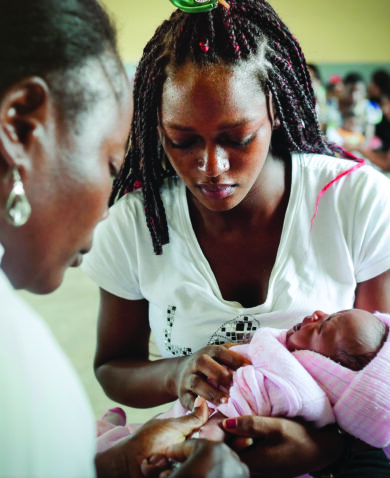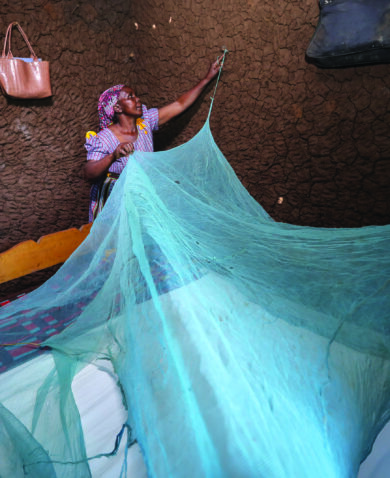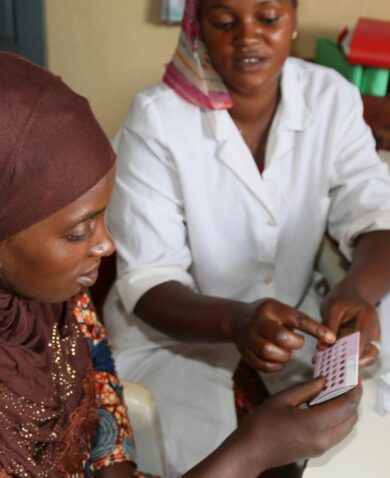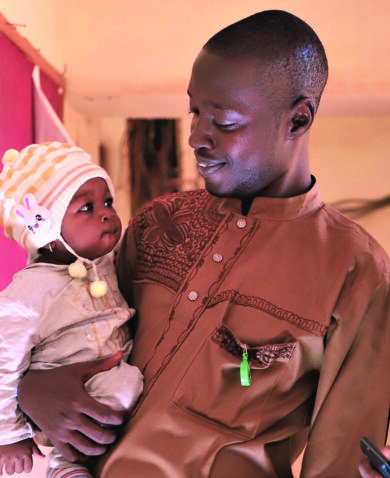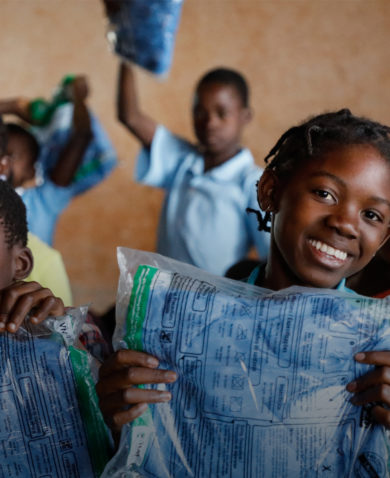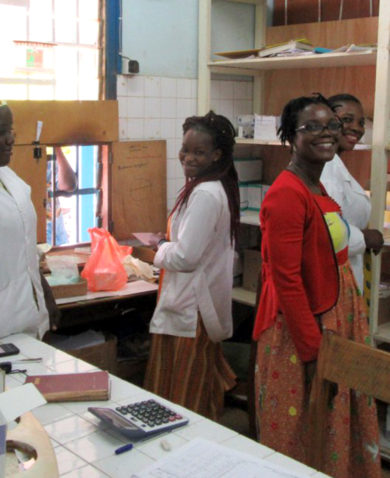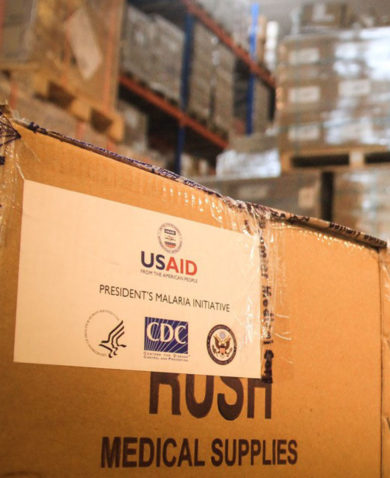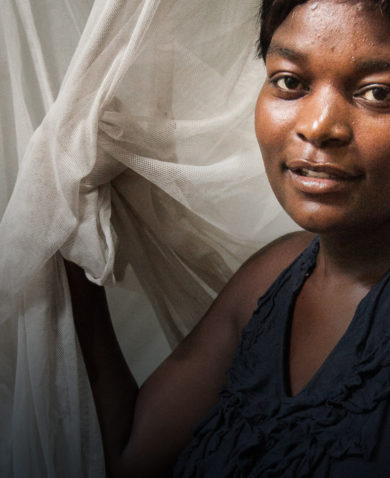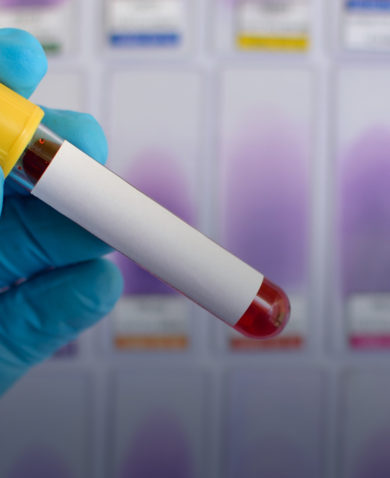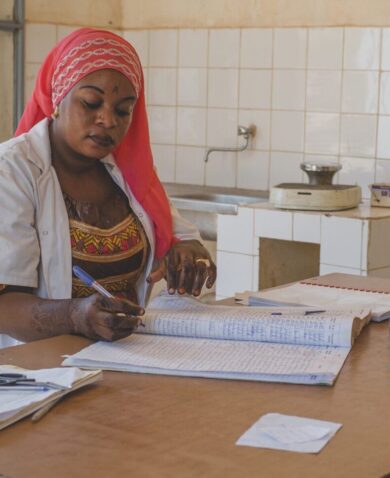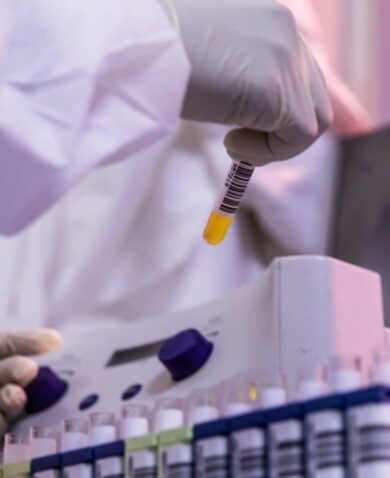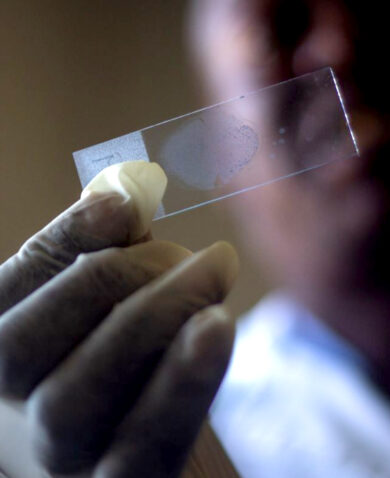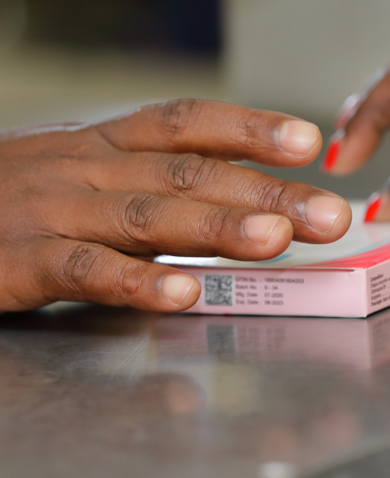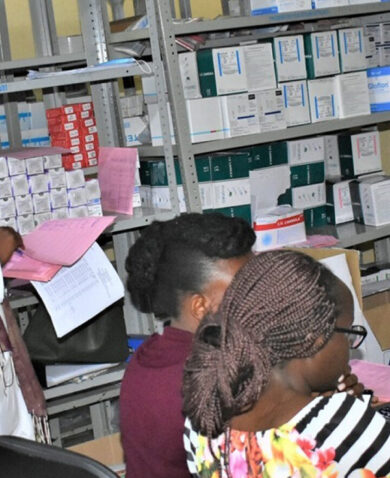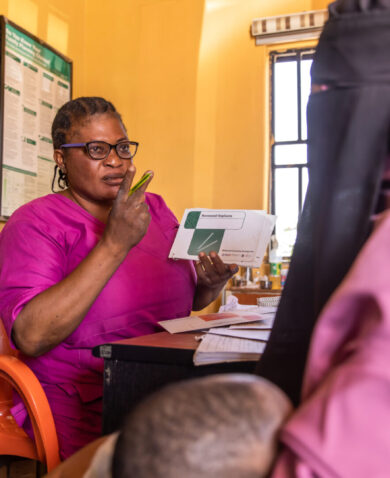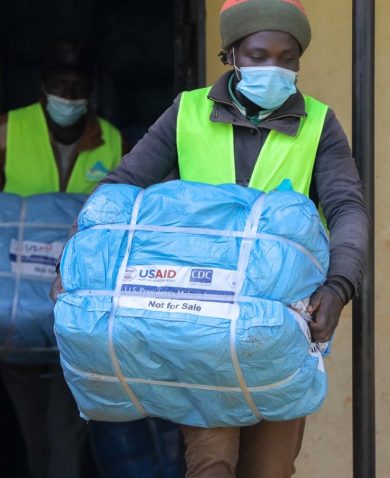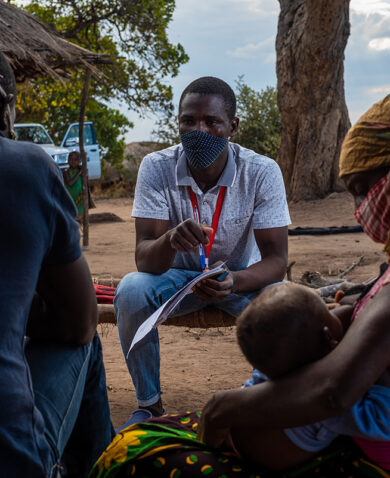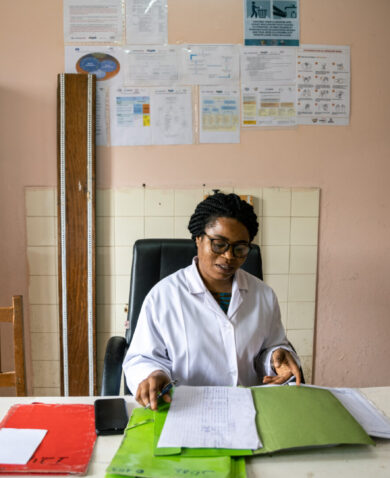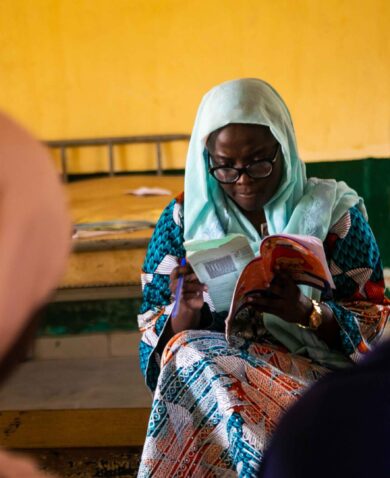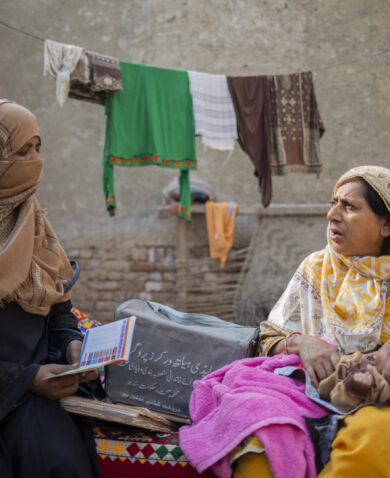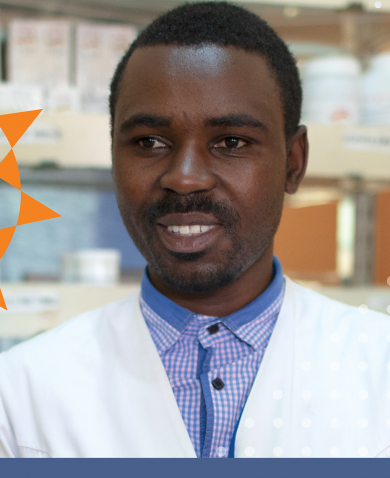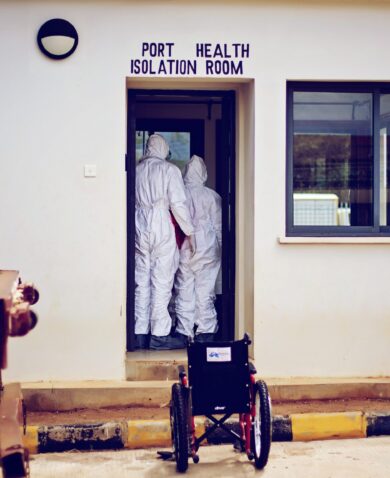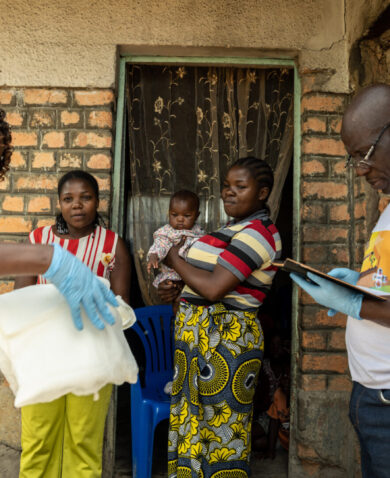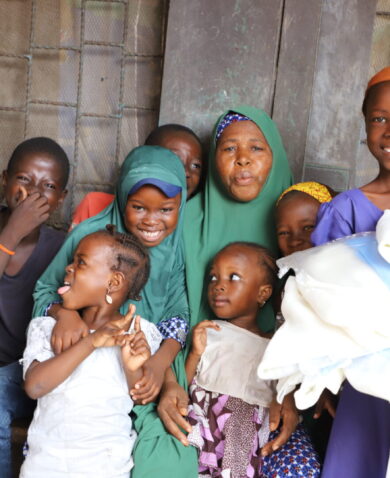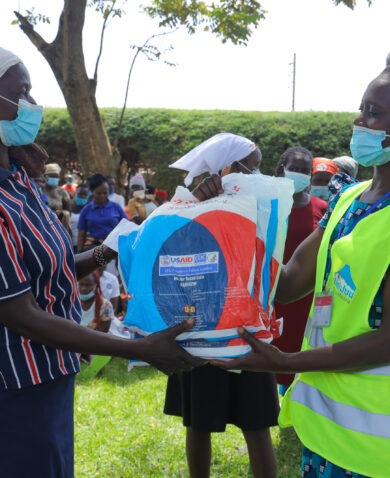
How Can We End Malaria? We May Already Have the Answer
April 25, 2017 | 4 Minute ReadOn World Malaria Day, Mai-Anh Hoang calls for the international community to leverage the unrealized potential of an approach that could help roll back malaria.
Malaria, transmitted by the Anopheles mosquito, killed an estimated 438,000 people in 2015, mostly in sub-Saharan Africa. While this is still an unacceptable situation for an entirely preventable disease, the 2015 mortality figure actually represents a 48 percent decrease over the past fifteen years. Much of this progress has been through tremendous scale-up of frontline vector control tools such as insecticide-treated nets (ITNs) and indoor residual spraying (IRS), which target the adult mosquitoes when they come indoors to bite.
However, after decades of use, mosquitoes are becoming resistant to the chemicals used in ITNs and IRS. In 2016, more than 60 countries have recorded resistance among mosquitoes to insecticides currently used in long-lasting insecticide-treated nets and spraying. There is now acceptance that new vector control tools are needed as a complementary approach to these main tools. Larval source management — which targets mosquitoes at the early stages of life and has the double benefit of reducing the mosquito density of those that bite indoors as well as those that bite outdoors — has been used with success in North America and Latin America, but has been underutilized in sub-Saharan Africa. Mobilizing consensus around its use and expanding quality implementation represents an opportunity to further reduce not only malaria transmission but also transmission of other mosquito-borne diseases, such as dengue, Zika, and chikungunya (transmitted by the Aedes mosquito); and West Nile virus, Japanese encephalitis, St. Louis encephalitis, and lymphatic filariasis (transmitted by the Culex mosquito).
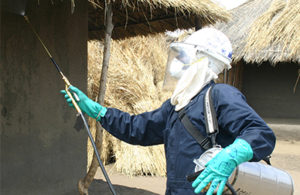
What is larval source management and what is its added value?
Put simply, ITNs and IRS are directed against the adult mosquito population that enters houses. Larval source management aims to eliminate mosquitoes before they can become adults and transmit parasites. This means attacking larval habitats when mosquitoes are immature and still in the aquatic stage. Examples of larval source management include removing standing water by draining or filling land. One could also make temporary changes to mosquito habitats to disrupt their breeding by clearing drains to prevent standing water. Another common method is larviciding, which includes adding chemicals or biological larvicides to standing water to kill the mosquito larvae.
The World Health Organization (WHO) has issued guidelines on the use of larval source management, and only recommends its use in specific contexts. The WHO says larviciding measures may be effective as the leading method of vector control in urban areas; however, further research and evidence is needed to support this view. For most country settings, larval source management should be used as a complementary approach to further consolidate gains from ITN and IRS coverage strategies.
Promising results in Rwanda
Rwanda has demonstrated that community-based larval source management can be sustainable and have a significant impact on local transmission in the right settings. On a recent trip to Rwanda, I had the good fortune of visiting the Bugesera district, where larviciding of breeding sites was piloted in rice paddies as a part of a community-based approach to malaria control. The larval source management intervention, which lasted six months, included weekly applications of BTI, a biological larvicide, in rice fields and water dams. The Rwandan Ministry of Health had trained members of the rice growers association on larviciding against mosquito vectors, which enabled the association to undertake and maintain a larviciding program after the study period.
I met with the head of the farmers’ cooperative in Bugesera to discuss the intervention, and she noted that the project greatly empowered local rice farmers. Not only did farmers learn ways in which they could reduce the vector population, she reported that farmers said they got bitten less when they came to tend the rice plants in the paddies. They also reported getting sick less frequently with malaria, missing fewer work days. Entomological monitoring and evaluation surveys conducted every two weeks during the larval source control program study period supported community perceptions and documented a significant reduction in adult mosquito vector density in the area generally. Results were published last year in Malaria Journal.
Most interesting is the rice output during that period, which is being looked into further by the Rwandan Ministry of Health. Because farmers did not have to worry about being bitten, farmers were able to extend their work beyond late afternoons and into early evenings, increasing rice productivity. The economic benefits of averted disease are another area that is sorely under-documented.
Leveraging larval source management to end malaria
So why haven’t we applied this useful tool more broadly in the world’s most malaria-endemic countries? A factor constraining the scale-up of effective larval source management has been clear, standard guidance on how and when to apply it, and also how to measure impact.
For World Malaria Day, I would like to urge the global community to come together with an action plan that will actualize the unrealized potential of larval source management as a program tool. The community-based program in Rwanda demonstrated for me how larval source management can work alongside traditional approaches such as ITNs and IRS to further consolidate gains against malaria.
Moreover, what is exciting is the range of new tools and technologies under development that will target other opportunities along the mosquito life cycle (both the larval stage as well as adult stages before, during, and after blood feeding). When carefully integrated, the chances for achieving the global malaria elimination target will be greatly enhanced.



